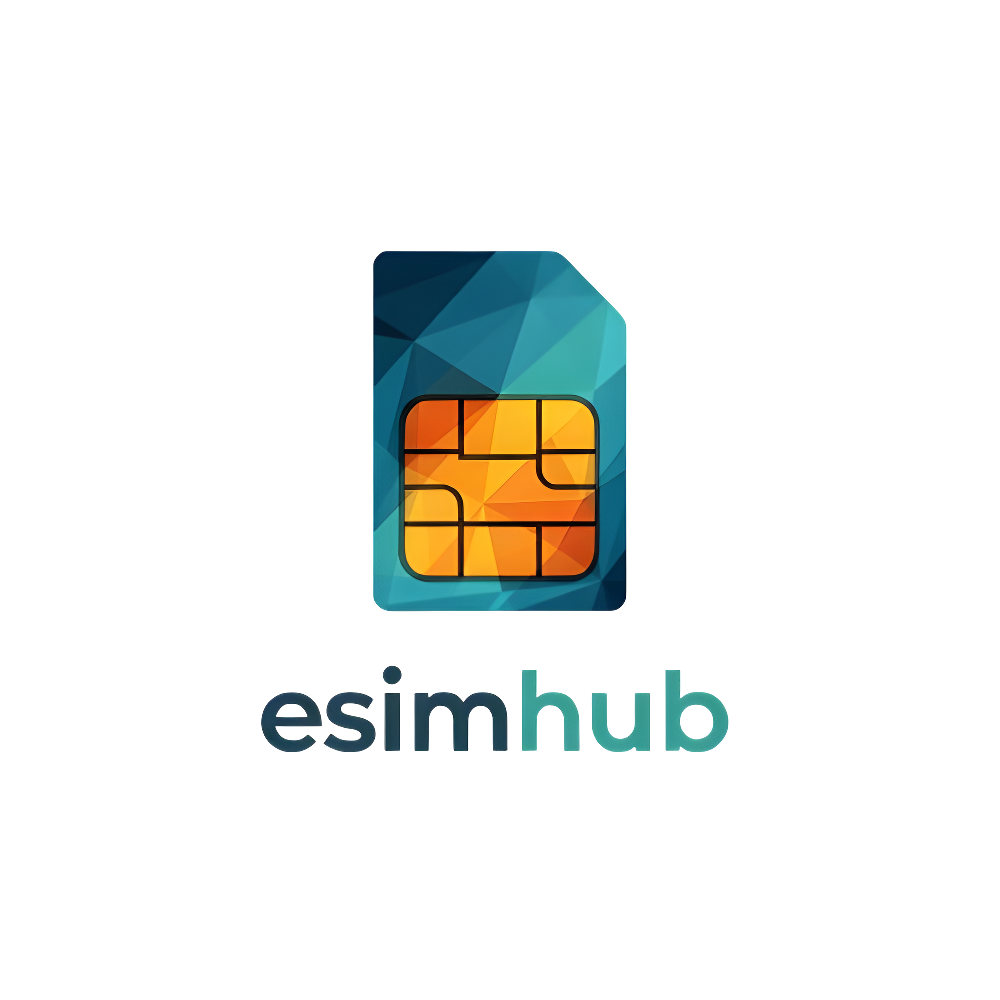eSIMs: Pros and Cons
eSIMs offer a compelling alternative to traditional SIM cards, providing users with greater flexibility and convenience. They allow you to easily switch carriers, manage multiple profiles, and enjoy seamless connectivity while traveling. Their embedded nature enhances security, eliminating the risk of physical SIM card loss or theft. However, it’s important to be aware of some potential drawbacks, such as limited device compatibility and occasional troubleshooting complexities. This page explores the advantages and disadvantages of eSIMs to help you make an informed decision about whether this technology is right for you.
eSIMs Advantages
eSIM Hub discuss some of the eSIMs pros for new users:
Convenience and Flexibility:
Say goodbye to the hassle of physically swapping SIM cards! With eSIMs, you can switch between carriers or plans with just a few taps on your device. This is incredibly convenient for users who want to take advantage of better deals, try out different networks, or need separate profiles for work and personal use. Imagine finding a fantastic data plan while traveling – with an eSIM, you can activate it instantly without hunting for a local SIM card.
This flexibility extends beyond just switching plans. You can also easily switch between devices. For example, if you upgrade to a new phone, you can transfer your eSIM profile without waiting for a new physical SIM card. This seamless transition keeps you connected without interruption.
- Space-Saving Design: eSIMs free up valuable space within devices because they are embedded within the device itself. This allows manufacturers to create slimmer and more compact devices or to use that extra space for other components, like larger batteries or improved cameras. Think of the sleek design of the latest smartphones – eSIMs play a role in making those designs possible.
- Enhanced Security: eSIMs are more secure than physical SIM cards because they cannot be easily removed or tampered with. This reduces the risk of SIM swapping attacks, where fraudsters steal your phone number by fraudulently transferring your SIM to another device. With an eSIM, your identity and data are better protected from unauthorized access.

Ideal for Travel:
What are eSIMs Advantages for travel you ask? You can activate local data plans in different countries without needing to buy a physical SIM card at every destination. This eliminates the hassle of finding SIM card vendors, dealing with different SIM card sizes, and potentially losing your primary SIM card. Imagine landing in a new country and instantly connecting to a local network with just a few taps on your phone – that’s the convenience eSIMs offer travelers.
Support for Multiple Profiles:
eSIMs allow you to store multiple profiles on a single device. This means you can have different phone numbers and data plans active simultaneously. This is incredibly useful for separating work and personal communications, managing different data plans for specific needs, or having a local number while traveling internationally. For example, you could have one eSIM profile for your Australian number and another for a local data plan when you’re traveling in Europe.
Overall, eSIMs offer a compelling combination of convenience, flexibility, and security, making them an increasingly popular choice for users who want a seamless and hassle-free mobile experience.
Disadvantages of eSIMs
While eSIMs offer many compelling advantages, it’s important to be aware of their limitations. Here are some potential drawbacks to consider:
- Limited Device Compatibility: eSIM technology is a relatively recent development in the mobile world. As such, it’s not universally supported across all devices. Older smartphones, feature phones, and some budget-friendly models might not have eSIM capabilities. For example, if you’re using an iPhone older than the iPhone XR or a Samsung Galaxy phone prior to the S20 series, you might not be able to use an eSIM.
- Potential for Vendor Lock-in: While eSIMs are designed to offer flexibility, there’s a potential for vendor lock-in in some cases. This means you might be limited to using eSIMs from specific carriers or device manufacturers, restricting your choices and potentially making it harder to switch providers. For example, some carriers might only allow you to activate eSIMs on devices purchased directly from them.
- Troubleshooting Challenges: Troubleshooting eSIM issues can sometimes be more complex than with traditional SIM cards. Because eSIMs are embedded and involve digital profiles, troubleshooting often requires navigating device settings, contacting customer support, or even resetting network configurations. For instance, if you encounter problems with eSIM activation or connectivity, you might need to rely on online resources or carrier assistance to resolve the issue.
- Dependence on Digital Infrastructure: eSIM activation and management rely on a stable internet connection and digital infrastructure. This can be a challenge in areas with limited or unreliable internet access. For example, if you’re traveling in a remote area with poor connectivity, you might have difficulty activating or managing your eSIM profile.
eSIMs Advantages vs. Physical Sim
To help you make an informed decision, here’s a table comparing eSIMs Advantages over physical SIMs:
| Feature | eSIM | Physical SIM |
| Form Factor | Digital, embedded | Physical card |
| Activation | QR code or manual configuration | Physical insertion |
| Switching Carriers/Plans | Easier, often instant | Requires swapping SIM cards |
| Security | More secure, cannot be lost | Can be lost or damaged |
| Device Compatibility | Limited to newer devices | Wider range of devices |
| Travel Convenience | Ideal for travel | Less convenient |
| Flexibility | Higher, supports multiple profiles | Lower, limited to SIM slots |
Making the Right Choice: eSIMs Advantages vs. Physical SIM?
The best choice between an eSIM and a physical SIM depends on your individual needs and preferences.
Consider an eSIM if:
- You travel internationally frequently.
- You want the flexibility to switch carriers or plans easily.
- You need to manage multiple phone numbers or data plans.
- You value enhanced security and convenience.
- You have an eSIM-compatible device.
Consider a physical SIM if:
- You have an older device that doesn’t support eSIMs.
- You prefer the familiarity and simplicity of physical SIM cards.
- You’re concerned about potential vendor lock-in or troubleshooting challenges.
By carefully weighing the advantages and disadvantages of each technology, you can make an informed decision that aligns with your mobile connectivity needs.
Need an eSIM for travel around Australia or overseas? See our homepage for offers and subscription deals!
